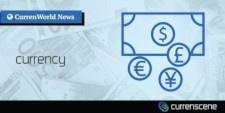Central Bank Weekly Talking Points
- As the US-China trade war has escalated, the PBOC has reverted to boosting the USDCNH[1] exchange rate to offset the impact of the Trump tariffs.
- Central banks like the BOJ and SNB have to be more clever in trying to intervene in markets, unlike the PBOC.
- Meanwhile, if the Fed or the ECB were to act, it would likely be along the interest rate channel rather than directly in FX markets.
Looking for longer-term forecasts on the US Dollar? Check out the DailyFX Trading Guides[2].
Trade tensions are rising in every corner of the globe. At the center of every issue seems to be the United States, be they issues with China, the European Union, Canada, or Mexico. As the specter of trade wars rises, we’ve started to see policymakers take steps – some concrete, others less so – in order to shore up their economies from downside risks.
Not all central banks are created equally, however, and therefore the tactics that they’ve used, they’re currently using, and they will use in the future will all differ slightly.
People’s Bank of China Reverts to Currency Intervention
The People’s Bank of China is unique relative to G7 or developed economies’ central banks insofar as it does not respect the ‘non-direct FX intervention’ policy followed elsewhere. Accordingly, USDCNH has become one of the most reliable tools for distilling sentiment about the US-China trade war: we’ve previously detailed how a Chinese Yuan depreciation[3] can effectively offset the negative economic impact of the Trump tariffs.



